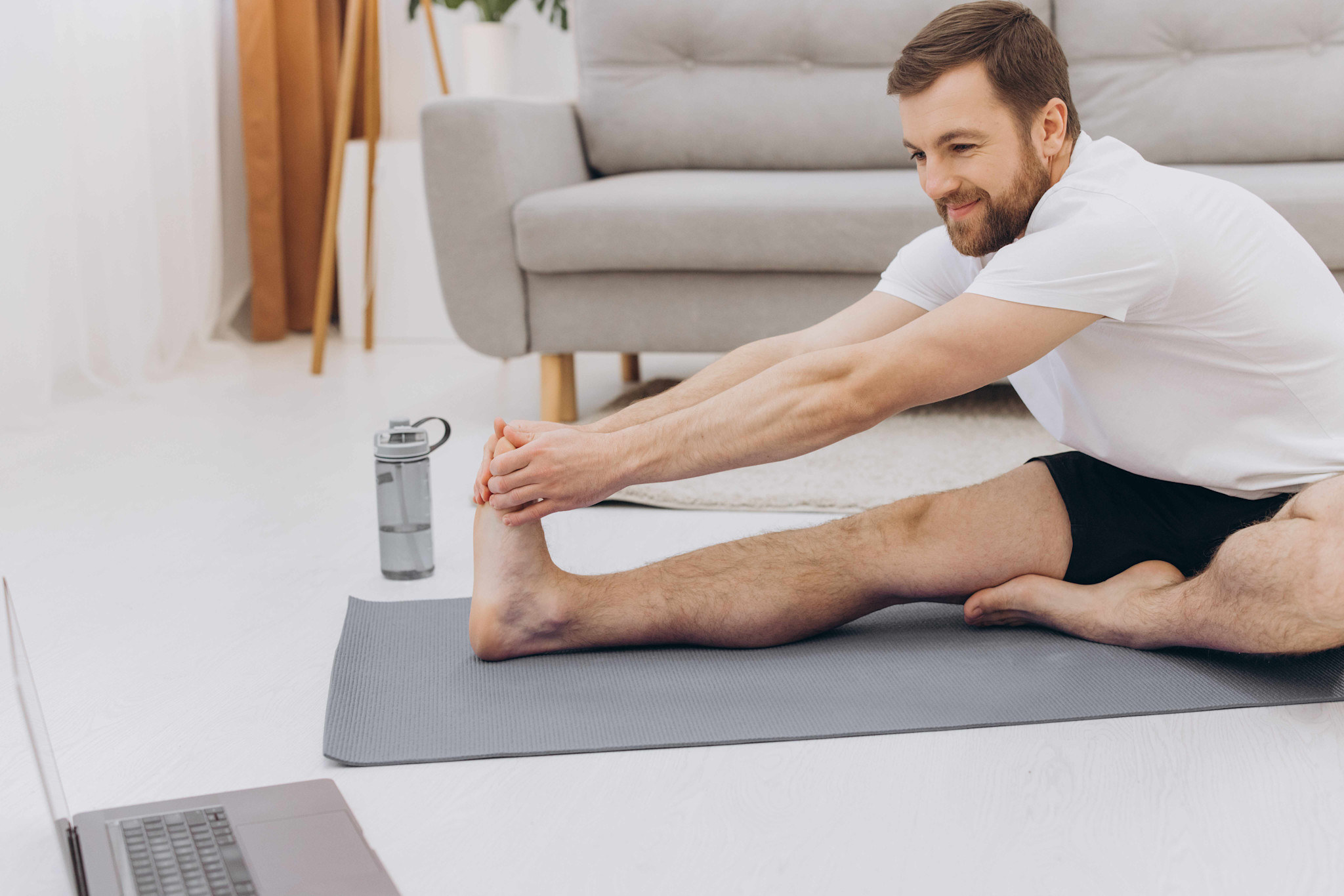Ejercicios de extensión de rodilla: por qué son tan buenos para las rodillas
Obtén ejercicios de extensión de rodilla en casa recomendados por nuestro fisioterapeuta para mejorar el rango de movimiento y prevenir y tratar el dolor de rodilla.
$0 costo para usted
Última actualización: May 7, 2025
El índice
Fully covered knee pain relief
Find relief from knee pain, knee locking, stiff knees, & more.
Check if I'm eligibleKnee extension exercises
¿Quieres atención de expertos? Consulta si estás cubierto por nuestro programa gratuito →- Extensión de rodilla sentada con banda
- Estiramiento sentado de tendón de la corva
- Diapositivas en el talón
